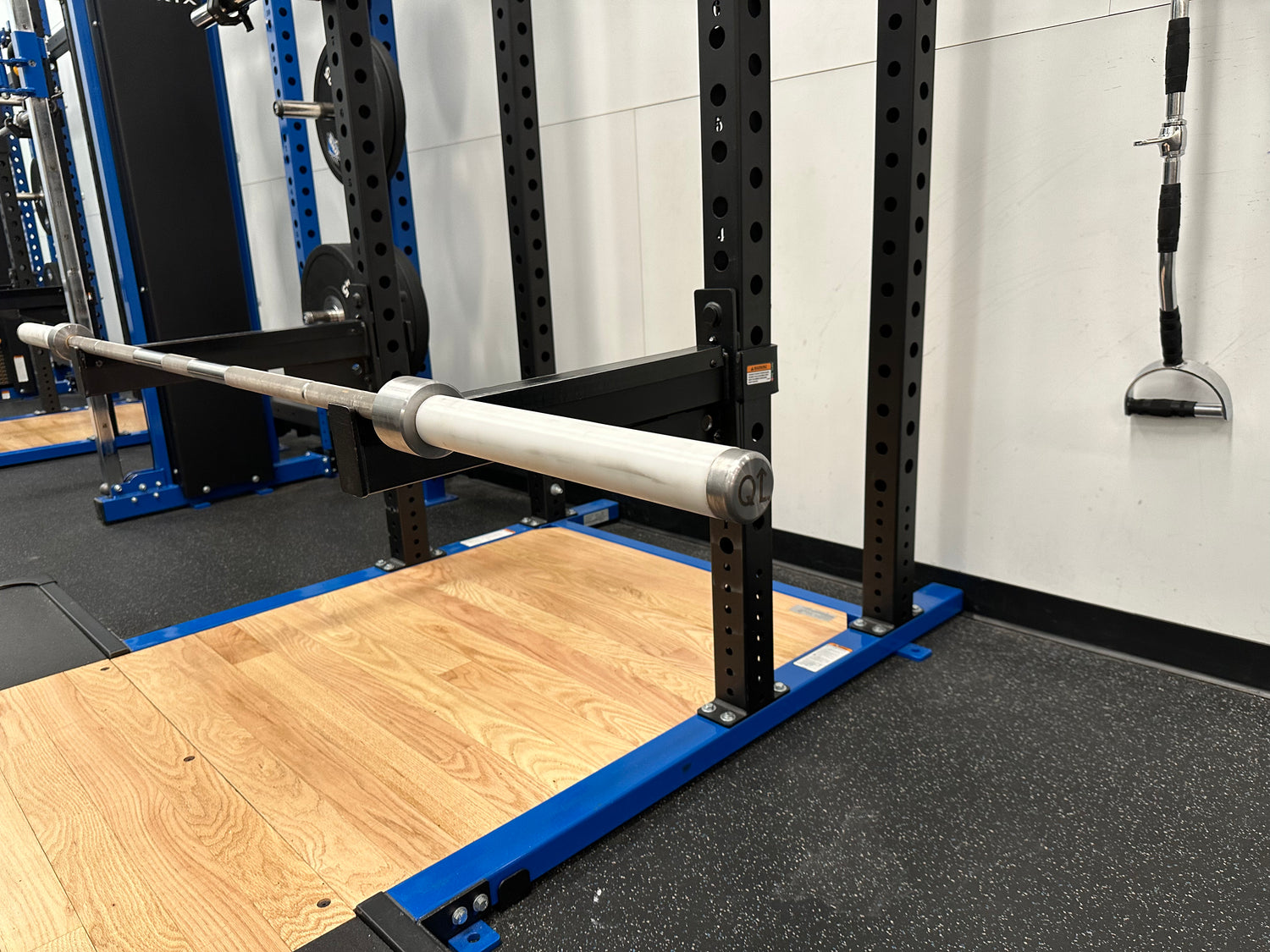Barbell Innovations

The First
The traditional barbell we know and love today started as a fixed bar with spheres on the ends, making it impossible to change the weights. The first innovation came in the 1800s when they drilled holes in the spheres to fill them with sand or other materials. This worked great as they could easily add weights to them. Yet it was difficult to fill them with the same amount; thus, one side could weigh 5 lbs more than the other, resulting in a suboptimal lift.

The Second
The second innovation occurred in the early 1900s. The plate barbell was born with a rudimentary metal shaft where one could quickly load plates of different weights onto the ends. This innovation lead to the next innovation, which allowed the barbell shaft to rotate freely from the weights—this accomplishment spurred competition in the Olympics, creating the International Weightlifting Federation (IWF). During this timeframe, barbell exercises and Olympic lifts became mainstream.

The Third
Years later, another issue was revealed when barbell shafts began snapping with heavy loads; thus, the next major innovation happened in 1957 when Mr. Hellström, an avid weightlifter, approached his company, Eleiko, about a new design for the common barbell. Reinforced with special hardened steel, the bars proved incredibly durable over extended periods in the gym when barbells were made out of heat-treated steel, making them stronger and less likely to bend and break.

The Last
In 2022, a new generation of barbells called Quiet Lift was the next major innovation in solving noise disturbances. A momentous event reverberated throughout gyms, home gyms, universities, and rehabilitation centers when I filed for the patent that solved this ongoing issue.
